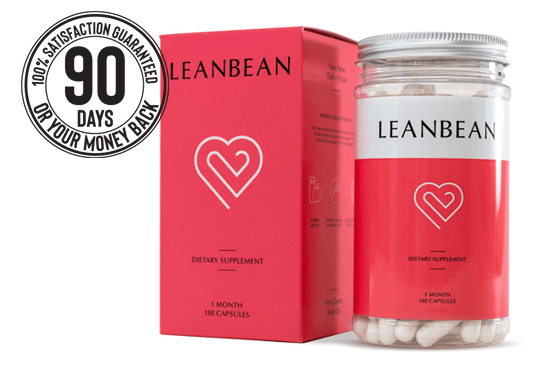From workouts to prepping meals, the daily steps to a healthy, weight loss lifestyle require energy.
If you have a hard time giving it your all or often feel tired and sluggish, maybe you’re wondering whether iron is to blame. Low iron levels can be an underlying cause of fatigue and muscle weakness, after all.
In this article we’ll review everything you need to know about iron –
- What is iron?
- How do you know if you’re low?
- Can you take too much?
- 15 foods that are high in iron
- Iron FAQs
So whether you’ve recently had lab work done and learned your iron levels need to be bumped up, or you’re wondering if you’re including enough iron-rich foods in your diet, this article is for you.
To jump straight to our list of foods high in iron, click here.
What is iron?
Iron is a mineral that your body needs to function properly.

The body uses iron to create the oxygen-binding proteins called hemoglobin and myoglobin.
Hemoglobin is found in red blood cells and myoglobin is found in muscles. Without hemoglobin, your body can not produce new red blood cells.
Hemoglobin carries oxygen molecules from your lungs to other parts of your body, while myoglobin provides muscles with oxygen. Without these two important proteins, your body’s muscles and tissues would not have enough oxygen to use as fuel for normal body functions.
Your body also uses iron to make some hormones, and babies and children need adequate iron for normal growth and brain development.
Why is it important to get iron in your diet?
Your body can not make its own supply of iron, so you must eat foods that have iron in them to meet your needs.
Iron is found in both animal and plant-based foods. Meat and other animal products contain heme iron, which your body absorbs easily. Plant foods, like beans and leafy greens, contain nonheme iron, which is not absorbed as well as heme iron.

When you are eating high iron foods, it’s good to pair it with a food high in vitamin C.
Vitamin C helps your body better absorb iron from plant sources, like beans and vegetables. You can boost your body’s nonheme iron absorption by pairing an iron-containing plant food with a source of vitamin C.
For example, oats and beans are two good sources of plant-based iron. Topping your morning bowl of oatmeal with strawberries, which are high in vitamin C, can increase iron absorption. Adding red bell peppers — another source of vitamin C — to a bean salad can do the same.
How do I know if I’m low on iron?
As previously mentioned, your body can’t make iron. This means iron deficiencies are fairly common.
Here are the current iron recommendations for adults:
- Adult men require 8 milligrams of iron per day
- Adult women between 19 and 50 years old require 18 milligrams of iron per day
- Adult women 51 years and up require 8 milligrams of iron per day
Menstruating women lose iron in their monthly period. The recommended dietary intake for women of reproductive age is higher to account for this loss.
The daily iron recommendation is 1.8x higher than the above numbers for anyone following a vegetarian or vegan diet. This is because plant-based iron, called nonheme iron is not as well absorbed as iron from animal sources.
Therefore, it is best for those who do not eat animal-based foods to eat more iron to account for the poor absorption.
Your body keeps some extra stores of iron in muscles, liver, spleen, and bone marrow. If you don’t get enough iron from your diet, your body will use its stored iron. As iron stores are depleted, symptoms of iron deficiency start to emerge.
Individuals most at risk for iron deficiency include:
- Pregnant women
- Women with heavy menstrual periods
- Vegetarians & vegans
- People diagnosed with chronic illness, such as cancer or heart disease

Symptoms of iron deficiency include:
- Iron deficiency anemia – diagnosed with lab work and characterized by small red blood cells and low hemoglobin
- Fatigue
- Muscle weakness
- Difficulty concentrating or remembering things
- Changes to digestion
- Impaired immune system function (i.e. you might catch more colds and viruses or have trouble fighting infections)
- Difficulty regulating body temperature
Regularly eating foods high in iron can help keep your iron levels topped up and prevent your iron stores from running low or depleted.
Can you take too much iron?
While there are certain rare medical conditions that require people to limit iron intake, most people cannot consume too much iron from foods. The body will take the iron it needs from food and excrete the rest.
You can get too much iron from dietary supplements, however.
You may notice that many multivitamins designed for women contain a small amount of iron to help meet women’s needs.
Multivitamins for men or post-menopausal women do not generally contain iron, since their needs are much lower. Small amounts of iron in multivitamins will not cause any health problems.
It is not recommended to take stand-alone iron supplements unless you are diagnosed with an iron deficiency: iron supplements can cause digestive problems and lead to iron overload, where excess iron gets deposited in the body’s tissues.
If you think you have an iron deficiency, ask your doctor for a blood test to measure your levels.
15 Foods that are High in Iron
Now let’s take a look at foods that are high in iron. We’ve chosen delicious foods that you’ll love to integrate into your diet
1. Spinach

Whether you like it raw or cooked, spinach is an excellent plant-based source of non-heme iron. Just 1 cup of raw spinach provides you with approximately 0.8 milligrams of iron.
Try adding a cup or two to fruit smoothies — we promise you won’t be able to taste it! Include fruit with vitamin C, like strawberries or oranges, to help boost your body’s iron absorption. Other ways to enjoy raw spinach are in salads or on sandwiches in place of iceberg or romaine lettuce.
When cooked, spinach wilts down so it’s easy to add a bunch of spinach to soups, stews, and casseroles. You can also finely chop spinach and add it to scrambled eggs with bell peppers or tomatoes for extra vitamin C.
2. Peanut butter
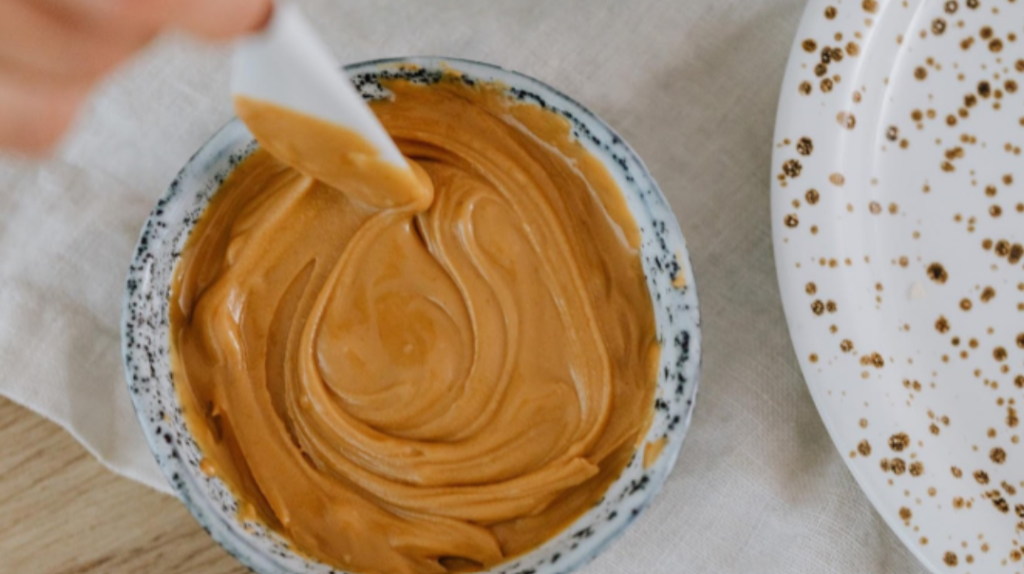
Two tablespoons of peanut butter provide you with 0.5 milligrams of iron. Peanut butter is also a good source of protein and healthy fat.
Easy ways to enjoy peanut butter are adding a tablespoon to smoothies or pairing it as a dip with apple slices, carrots, or celery sticks.
Choose peanut butter to avoid added sugar and oils. The only ingredients that should be listed on a jar of peanut butter are peanuts and salt if you prefer salted nut butter.
3. Beef
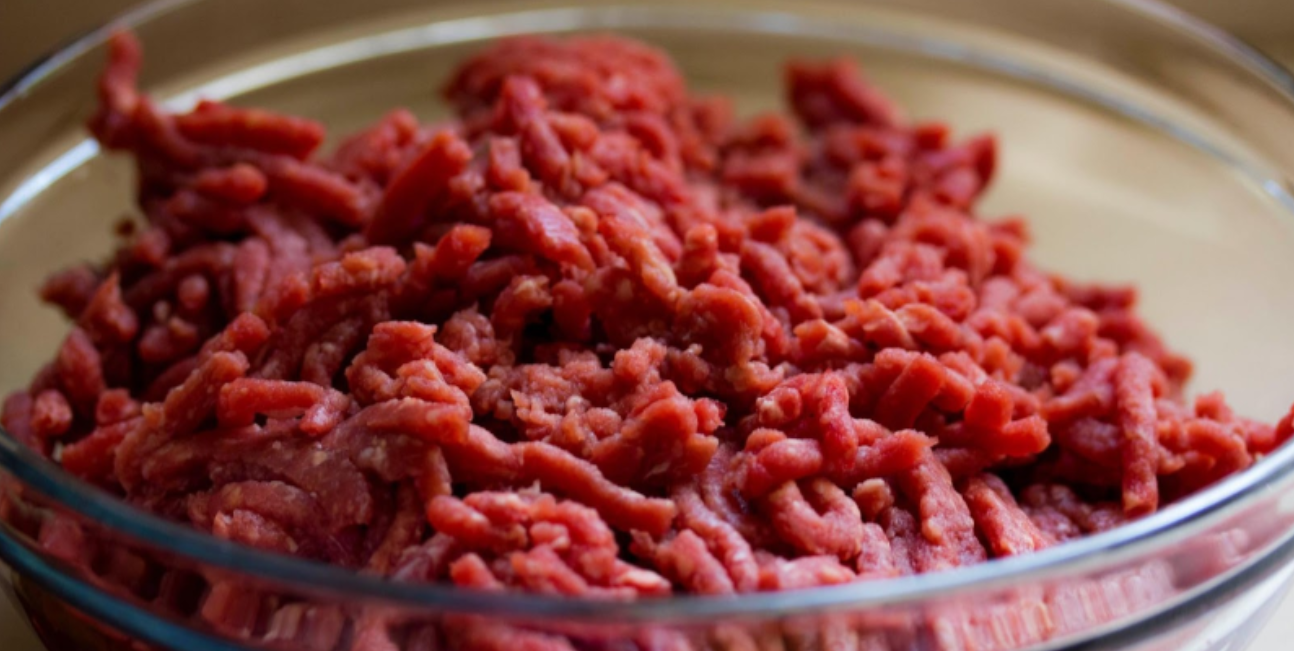
From grilled steaks to slow-cooked stews, red meat is a versatile and iron-packed ingredient for meat-eaters. Here’s the iron content for some popular cuts of beef:
- Three ounces of ground beef contain 2.3 milligrams of iron.
- Three ounces of broiled flank steak has 1.5 milligrams of iron.
- One cup of cubed and cooked beef stew meat has 4.2 milligrams of iron.
Of course, red meat can also be high in saturated fat and calories depending on the cut you choose. Whether you’re trying to lose or maintain weight, you should choose lean cuts of beef such as flank, strip, and sirloin steaks.
If a recipe calls for ground beef, choose 85% or 90% ground beef and drain the fat from the pan after you brown the meat. Trim excess visible fat from steaks and roasts or ask a butcher to do it for you.
4. Oats

A morning bowl of oatmeal may not be the first food that comes to mind when you’re considering iron intake. However, ¾ cup of cooked oats provides you with 1.6 milligrams of iron.
Steer clear of flavored instant oatmeal packets, which are often loaded with sugar. You can get even more iron — and flavor — in your oatmeal by adding a spoonful of peanut butter and/or a serving of raisins, both of which are good sources of the mineral.
If you prefer savory dishes, you can use cooked oats as the base for a grain bowl and top it with vegetables, nuts, chicken sausage, or chopped hard-boiled eggs.
5. Shellfish

Did you know oysters and mussels top the list of iron-rich foods? An order of 6 raw oysters delivers 3.87 milligrams of iron and 3 ounces of cooked mussels has 5.71 milligrams of iron.
Clams are another good source of iron. Three ounces of canned clams contain 2.28 milligrams of iron. Most cans of clams are 6.5 ounces, so that equates to roughly half a can.
6. Organ meats

Many people are either unfamiliar with or turned off by organ meats, but that wasn’t the case with our ancestors. Before modern agriculture, humans found a use for all parts of the animals they consumed. Organ meats, also called offal, happen to be loaded with vitamins and minerals, including iron.
Three ounces of cooked beef liver contains 5.6 milligrams of iron. You can purchase beef liver and other organ meats at your butcher counter.
Not ready to try your hand at sauteing beef livers? You can buy pre-made pate made out of chicken livers. One tablespoon of canned chicken pate has 1.2 milligrams of iron. Try serving it with toasted baguette slices or crudites.
7. Legumes

Legumes are a convenient and nutritious option for plant-based iron and protein. Legumes are a group of foods, which includes all types of beans, lentils, peas, and soybeans.
All beans contain iron, but white beans deliver the most cup for cup. One cup of canned white beans provides 7.8mg of iron and one cup of black beans contains 4.5mg. Kidney beans and chickpeas provide 3mg and 1.5mg of iron per cup, respectively. Try adding ¼ to ½ cup of white beans to a smoothie for extra iron and protein and toss your favorite beans into salads and soups.
Lentils are also delicious in salads and soups, as a side dish, or as the base of a savory bowl. One cup of lentils delivers 6.6 milligrams of iron.
8. Dark chocolate
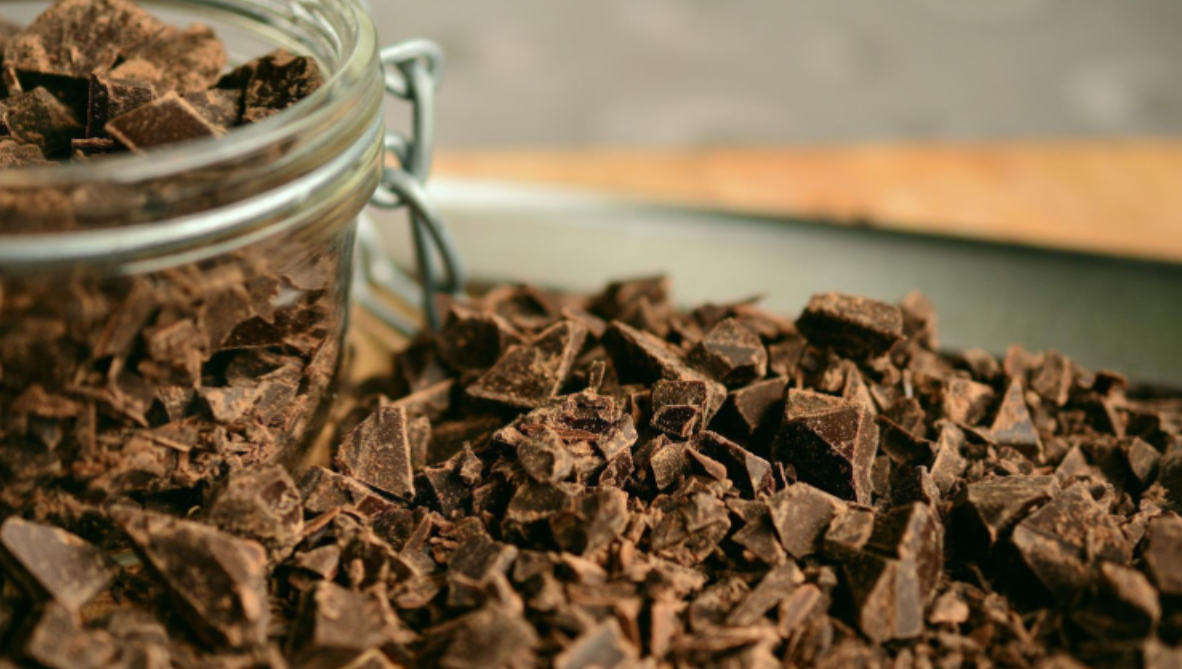
Your nightly piece of dark chocolate isn’t just a healthy way to satisfy dessert cravings. It also counts toward your daily iron needs.
One ounce of dark chocolate, which is about two squares or ¼ of a standard-sized chocolate bar, contains 3.37 milligrams of iron. The benefits don’t apply to milk chocolate, which contains more dairy and sugar than cacao.
You can also reap the benefits of chocolate’s iron content by adding unsweetened cocoa powder to baked goods or smoothies. Two tablespoons of unsweetened cocoa powder contain 1.5 milligrams of iron.
9. Tofu

Tofu is made from soybeans, which are a type of legume. As mentioned above, legumes are a very good source of plant-based iron. A half-cup of cubed tofu contains 3.35 milligrams of iron.
Tofu is often a popular meat alternative for vegetarians, but when prepared correctly it’s a delicious and healthy ingredient that everyone can enjoy. Try pan-searing tofu for a crispy exterior or using it in place of meat in a stir fry for a Meatless Monday meal.
10. Eggs

Eggs don’t contain as much iron as red meat or seafood, but enjoying a breakfast scramble or omelet will help count towards your daily iron intake. A whole large egg contains 0.84 milligrams of iron. Most of the iron is found in the yolk, so choose whole eggs to get your iron fix.
A simple way to enjoy whole eggs is to snack on hard-boiled eggs. Two boiled eggs will get you 1.68 milligrams of iron plus muscle-building protein.
11. Breakfast cereal
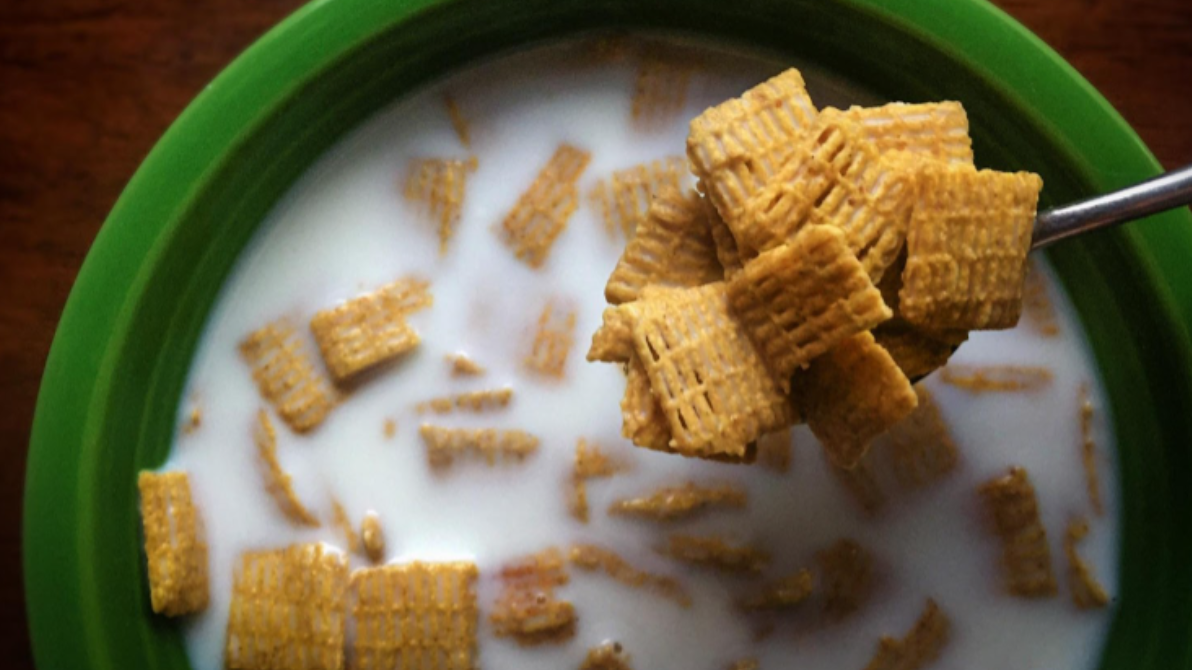
Many types of pre-packaged cereal are nutrient fortified, which means vitamins and minerals have been added to them during processing. The amount of iron added to breakfast cereals varies between brands, but some contain enough iron to provide you with 50% to 100% of the daily requirement.
Cereals can be a convenient way to up your iron intake, especially if you don’t eat animal foods. The healthiest cereals are whole grain varieties that are high in fiber and low in sugar. Be sure to check cereal packaging for fiber, sugar, and iron content.
12. Tofu & spinach cannelloni
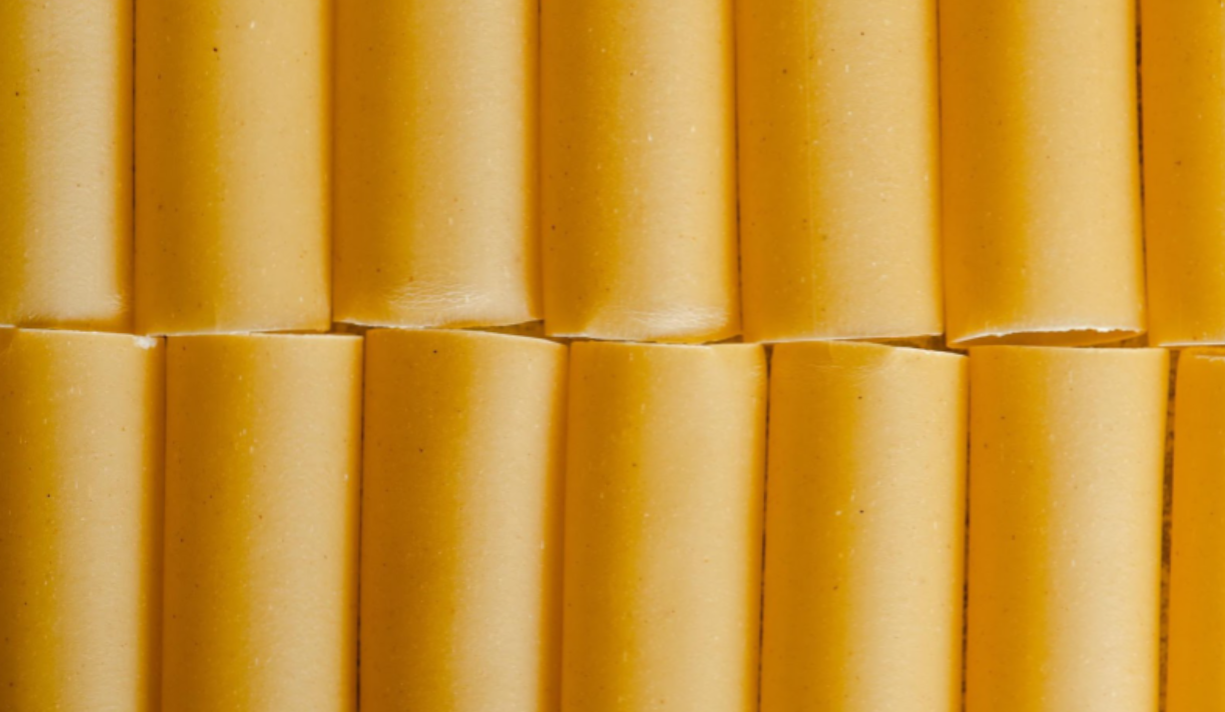
Combining several iron-containing foods in a single dish is one of the best ways to increase your iron intake. This recipe for Tofu and Spinach Cannelloni is a vegan take on classic Italian baked pasta. Instead of cheese, the cannelloni shells are filled with a creamy mixture of iron-rich tofu and spinach.
The pasta is covered and baked in tomato sauce, which contains vitamin C that can help your body better absorb the plant-based iron. If you can find enriched cannelloni or jumbo shells, you’ll get even more iron out of this meal.
13. Mussels with tomato and chilli
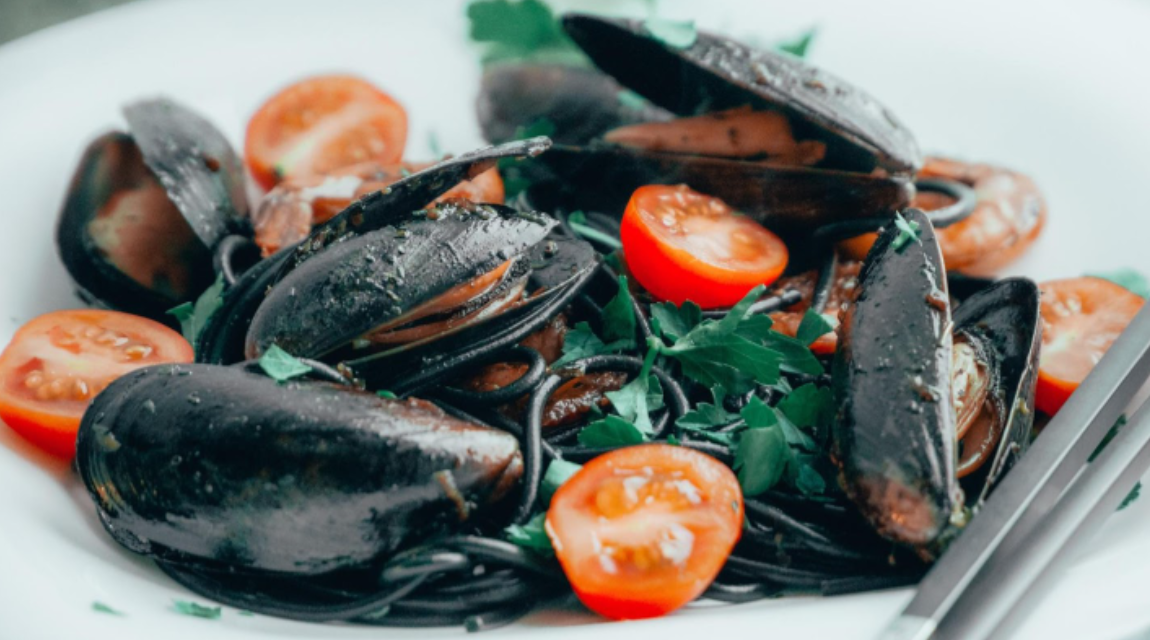
Shellfish can be intimidating to cook at home, but the process is as easy as steaming the shellfish until the shells open. This recipe for Mussels with Tomatoes and Chili is a quick and easy way to incorporate more mussels into your diet. The entire recipe requires just 10 minutes of cooking time.
Mussels are steamed in a light sauce made from fresh tomatoes, garlic, olive oil, and white wine. The recipe calls for chili pepper, which adds heat. If you’re not a spice lover, you can easily omit the pepper.
Try pairing this recipe with a green salad or roasted vegetable and crusty bread to scoop up the tomato sauce.
14. Spinach, sweet potato and lentil dhal
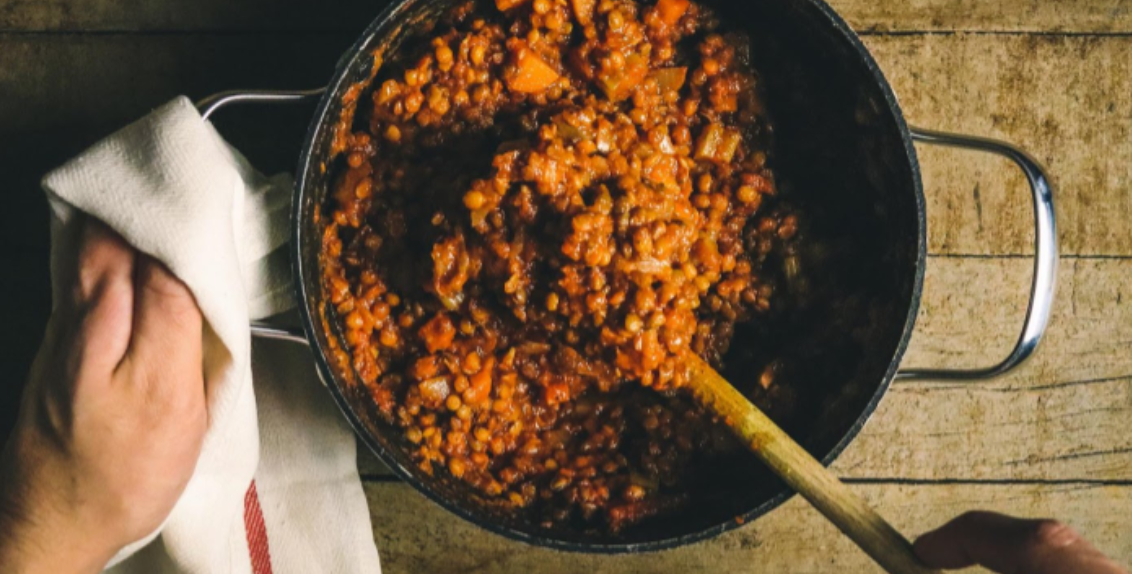
Here’s another recipe that contains multiple iron-rich ingredients. Dhal is a staple dish in Indian cuisine. It’s a comforting, spiced stew made from lentils or split peas, both of which are high in iron. This dhal recipe is an easy 30-minute meal that’s made with lentils, spinach, and sweet potatoes.
If you’re a spice and herb lover, you’ll appreciate the blend of garlic, ginger, chili pepper, turmeric, cumin, spring onions, and Thai basil flavoring this dish. Serve it as a side dish with meat or seafood or on its own for a hearty, vegan main dish.
15. Slow cooker beef stew

This Beef Stew recipe is a delicious option for sourcing iron from red meat. It’s made in a slow cooker so the entire cooking process is hands-off. This is a classic beef stew recipe made with onion, carrots, and celery in a tomato-based broth.
Slow-cooking steak and stew meat results in juicy and tender beef that falls apart in your mouth. It’s also an excellent way to prepare dinner ahead of time and can be less messy than searing a steak on the stovetop or grill.
Iron FAQs
Got more iron questions? Check out our answers to frequently asked questions below:
Is iron a vitamin?
Iron is a mineral, which is different from a vitamin. Your body needs both vitamins and minerals for normal development and functioning.
Vitamins are organic compounds that are made by living organisms, including animals and plants. Minerals are inorganic, which means they aren’t produced by living things. Instead, minerals are found in the earth’s soil or water supplies. Animals and plants consume minerals from soil and water.
Other examples of minerals include magnesium, calcium, potassium, and zinc.
What is iron for in the body?
Iron has several important jobs in the body. It’s part of hemoglobin and myoglobin — two proteins that your body needs to function normally. Hemoglobin is part of red blood cells and carries oxygen around the body. Myoglobin is found in muscles and supplies muscles with oxygen. Tissues and muscles need a constant supply of oxygen to fuel their activity.
Iron also is involved in immune system function and the production of some hormones. Babies and children need adequate iron for normal brain development.
Where does iron come from?
Like other minerals, iron is found in soil and water. Animals consume iron when they eat from the land and drink water. Plants absorb iron from the soil and water. Humans get iron when they eat those plants and animals. Plants contain a type of iron called non-heme and the iron in animal foods is called heme. Our bodies absorb heme iron better than non-heme iron.
Your body stores iron in the liver. A protein, called ferritin, holds extra iron until your body needs it. Iron is released from ferritin as needed and then used to make hemoglobin or myoglobin.
Is iron part of hemoglobin?
Yes, iron makes up part of hemoglobin, which is a protein found in red blood cells. The main job of hemoglobin is to bind oxygen molecules that you breathe in and carry them from the lungs to other parts of your body.
Your body needs enough iron to make hemoglobin. Low iron intake can lead to low hemoglobin levels, which are associated with fatigue and anemia.
Conclusion
Iron is an essential mineral, meaning you can’t survive without it. Your body needs iron to make red blood cells and transport oxygen to all of your body parts. When you don’t have enough iron, you may feel tired, weak, and moody.
The human body cannot make iron, so you have to get it from food. The body stores some extra iron in organs and muscles. However, it’s a limited supply that must be kept “topped off” from food sources.
You can find iron in both animal and plant foods. The type of iron in meat and seafood is called heme and is well absorbed by humans. Plant iron, called non-heme, isn’t absorbed as well as heme, but pairing it with a good source of vitamin C, like broccoli, citrus fruit, or bell peppers, enhances iron absorption.
Shellfish, particularly mussels and oysters, are one of the best food sources of heme iron. Beef, chicken, and turkey are also good sources of heme iron. The best plant-based foods for iron include leafy green vegetables, beans, oats, nuts, dried fruit, and iron-fortified cereals.
There are plenty of foods high in iron that can be used to create healthy and delicious meals and snacks. Knowing which foods provide you with the most iron is the first step in ensuring you’re getting enough of this important nutrient.
Eating a varied diet is the best way to meet requirements for vitamins and minerals, including iron. Incorporating the iron-rich foods on this list into your meal plan can help you meet your iron requirement and prevent low levels of iron.

